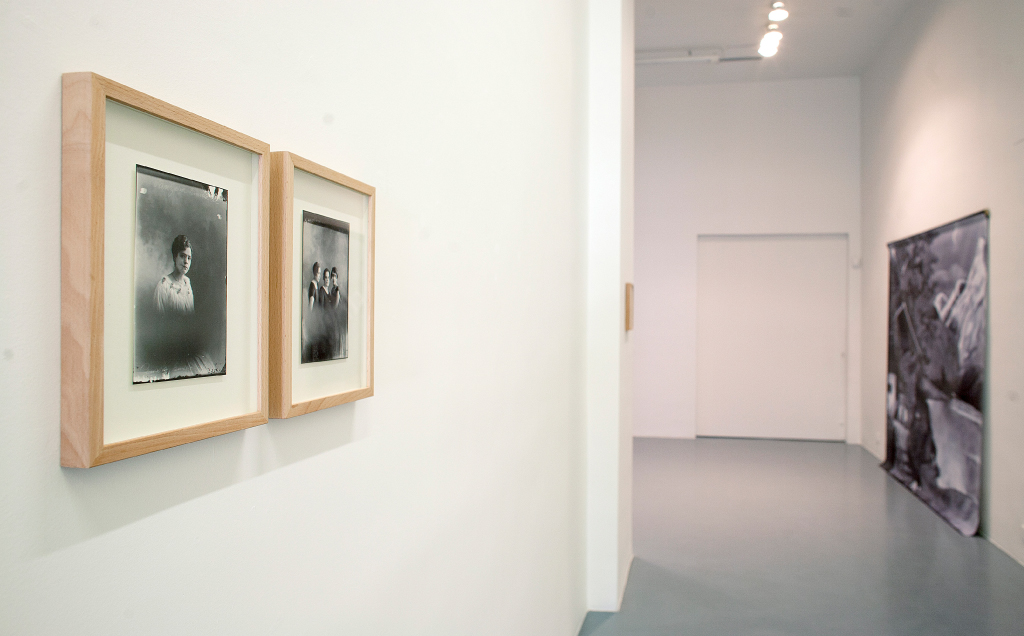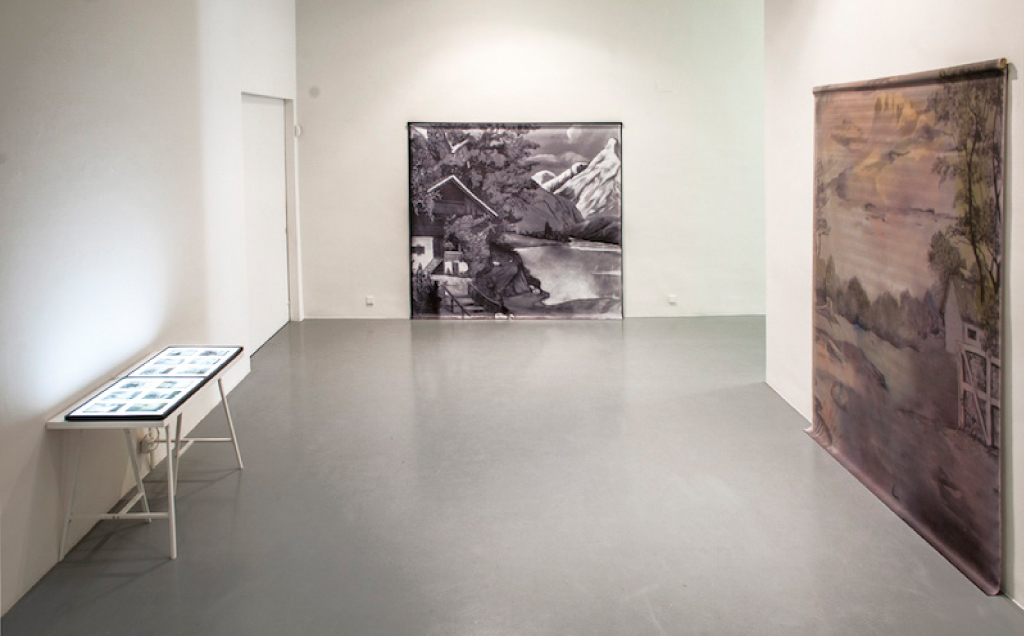




Andrés Pachón_The Fletcher series_11/06/15_01/08/16_Dossier
“The Fletcher Series” born from the meeting of Andrés Pachón – during his residence in the center of the image of Lima between the months of March and may 2015 – with the collection of photographic plates of the historical archive of the Centre; a total of 24,000 plates which correspond to the period from 1892 to 1934. According to the signs offering plates, would be a collection of “the better and cheaper photographs of second order”, which makes the file a large portrait of the Lima half population of the time.
The title of the project and the exhibition refers to pictorial funds of the second category (backgrounds) sold by the European houses of photography studies of different parts of the world. These funds were introduced in the catalogues as “a popular series of funds, which, although cheap, are well painted”.
“The Fletcher Series” is presented as a double archaeology of the photographic document; an articulation between the fragments of a past reality (the one in a series of natural spaces and interior) and the reality of the photographic artifact (plates with numbers and concrete nomenclature). To this end Pachón proceeded to clean some explicit information of the photographed landmark in each plate, looking for the implicit sense of these microescenarios of the past. At the same time they are arranged as a new archivo-documento, which by its negative condition prevents us to perceive clearly the details that compose each image, showing the complexity to read the iconography of a photographic image.
The landscapes that we find in the plates have an indeterminate and idealized character, a refined environment that seems to make reference to the painting and fine arts. Landscapes of fantasy that could respond anywhere in the world, running away from some Peruvian local representation. And it is, in origin, it was the pictorial funds used by the photographer in his studio portraits. On the other hand find the funds linked to interiors, which along with the “art nouveau” style Kit – tables, chairs, pedestals – imitated the French bourgeois Salon.
These decorations do not work exclusively as a substitute on the landscape and the Lima, if not internal that pointed to a clear modernity colonizing. A European environment that photographer and photographed wanted to identify themselves and pass on to posterity, as so-called idea of progress and civilization, annulling any national tinge; Hence the sought after absence that is perceived in the collection that is exposed, which are subtitled with names and surnames of various origins, but without any specific identity.
The exhibition project is completed with a series of photographs of large-format canvas print home funds and presented in the exhibition as new funds of large format. It’s the backdrops used for studies of the Andean periphery and marginal photographers whose authorship is unknown. The main function of these curtains was to isolate the portrayed the real environment, evading the frictions this could generate. These photographs were still serving bourgeois portrait study of language, but presented an ideal imaginary own and manufactured.
